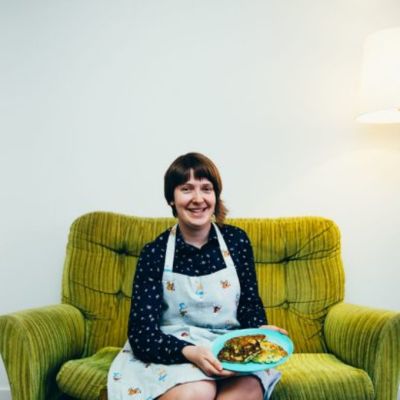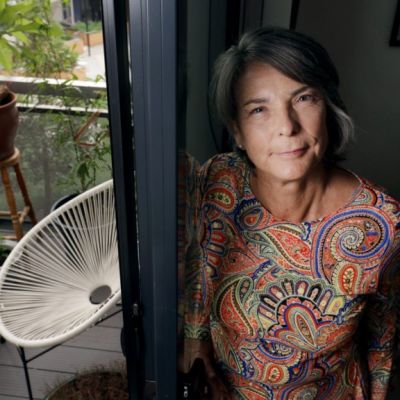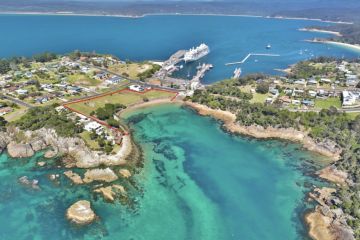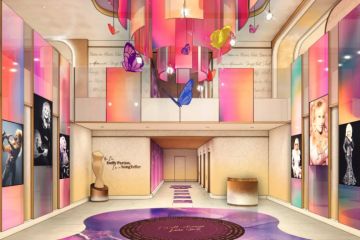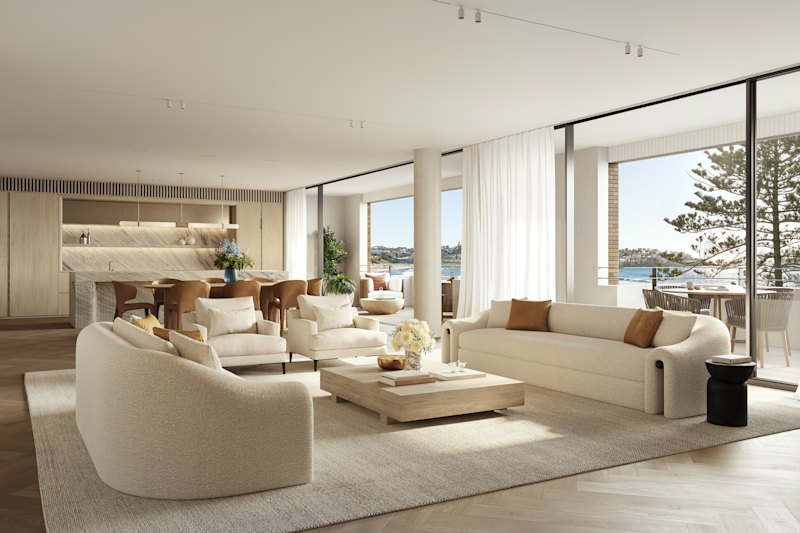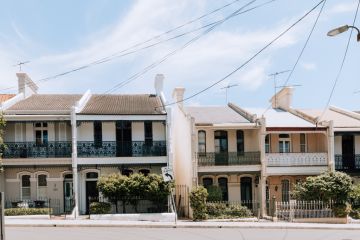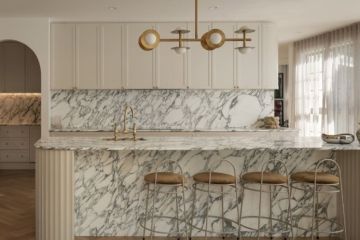DIY homes offer possible solution to housing affordability crisis
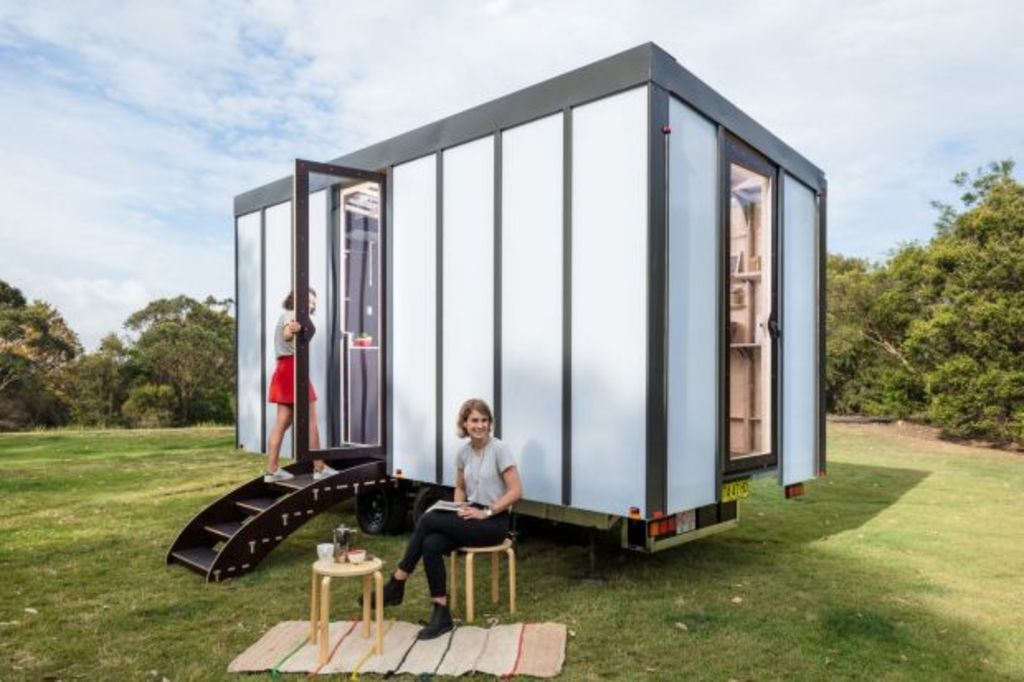
The dreadful inequities that have put the housing affordability crisis at the top of the political and federal budgetary agenda is, as Sydney architect Alexander Symes knows, a besetting preoccupation for the locked out demographic labelled “Generation Rent”.
For the gen Ys and millennials for whom housing affordability is a hot topic, Symes has inserted what he believes is the missing “asset rung” on the ladder that could allow them baby-step entry to possible grown-up home ownership.
Symes has modelled what he says is “the world’s first flat pack, do-it-yourself housing system”.
All you need to assemble one of the small, modular buildings he’s begun prototyping through a crowd-funded organisation called Big World Homes “is three tools and a set of instructions”.
Made up of pre-fabricated insulated panels and at a cost he estimates is 80 per cent less than a similar-sized shed, “we’ve designed a flexible system that allows people to take control of their shelter”.
Costing $65,000 each, the digitally-manufactured, off-grid buildings with water tank and solar power capacity, rely for placement on the generosity of a landholder who would allow small cluster communities of up to 20 modular homes to settle on vacant acreage for shorter or longer term residence.
Symes is negotiating with government entities “who may come to the party with land”, but says “we already had lots of private landowners chomping at the bit to help because they know there is a problem, they have land that can be used (with local council approval), and they want to help”.
Symes’ innovative solution to give younger people a starter-kit asset they could occupy and then sell on as a building that can be disassembled and rebuilt elsewhere, was picked out for praise by the national president of the Australian Institute of Architects, Professor Ken Maher, during his housing affordability briefing last week at Parliament House.
“These homes demonstrate what is possible when creative minds take a fresh look at recurring problems,” he said.
Professor Maher pointed out that architecture was the logical profession to be called to the forefront of the solution finding and added how, with pre-fabrication building processes “coming of age … they can be a game changer in affordable housing”.
Bill McCorkell is an architect who has been developing modular dwellings since starting his Victorian-based company ArchiBlox in 2008.
Having delivered the fitted-out components of hundreds of large and small houses to sites up and down the east coast, he says new-age modular housing is distinct from, say, miner’s dongas by the fact that they are architecturally-individuated to the requirements of owners.
McCorkell, also a board member of the industry body prefabAUS, says off-site constructed houses are marginally cheaper than comparable-sized, conventionally-built homes “by about 10 to 20 per cent”. The six month from concept to occupancy process is another aspect making prefabs attractive to a market interested in time-efficiencies
Currently building some multimillion variations, one that will be delivered to a North Shore Sydney block this week, the ArchiBlox director agrees that modular housing is indeed a potential contributor to resolving the affordability crisis – but only when large orders make the economies of scale more competitive.
“Until we can build 200 houses at a time we’ll struggle to match the efficiency margins of the big volume builders.
“If the Government did come to us with orders for 200 houses, it would allow us to get the costs down to around $1000 per square metre.”
Currently, he says, his company is fulfilling 40 to 60 orders per year with a usual build cost of $3500 per square metre.
Meanwhile, in Tasmania, Giles Newstead of Dock 4 Architecture is a recent entrant into the expanding prefab field with a modular product, ehabitat that he hopes will prove affordable enough “to take good architecture to a broader audience by reducing the cost of the building by 20 per cent and reducing architecture fees by 70 per cent”.
Newstead has worked his model out so that it can be progressively scaled up from a basic, two room, 60 square metre modular building costing $150-$180.000, to one that has further “bolt on” parts as the needs of family and budgets expand.
“You can start with what you need now”.
Cleverly, and in a system that he says is simple enough for a DIY builder, the grids of the buildings are based on the 1200×2400 mm scaling of off-the-shelf products available at neighbourhood hardwares.
“We supply the skeletons, and the plaster, plywood, cement sheeting and glazing are all standard products.
“Of the 15 we’ve done so far, five have been built by owner builders”, Newstead says.
McCorkell says that in contrast to a place like Japan where 80 per cent of new housing is pre-fabricated, the scale of the Australian pre-fab scene is a mere three per cent.
But the market is developing, and fast, as more of Professor Maher’s architectural creatives put time and thought into coming up with the housing affordability game changer that isn’t going to be predicated on a house price crash scenario.
We recommend
States
Capital Cities
Capital Cities - Rentals
Popular Areas
Allhomes
More
